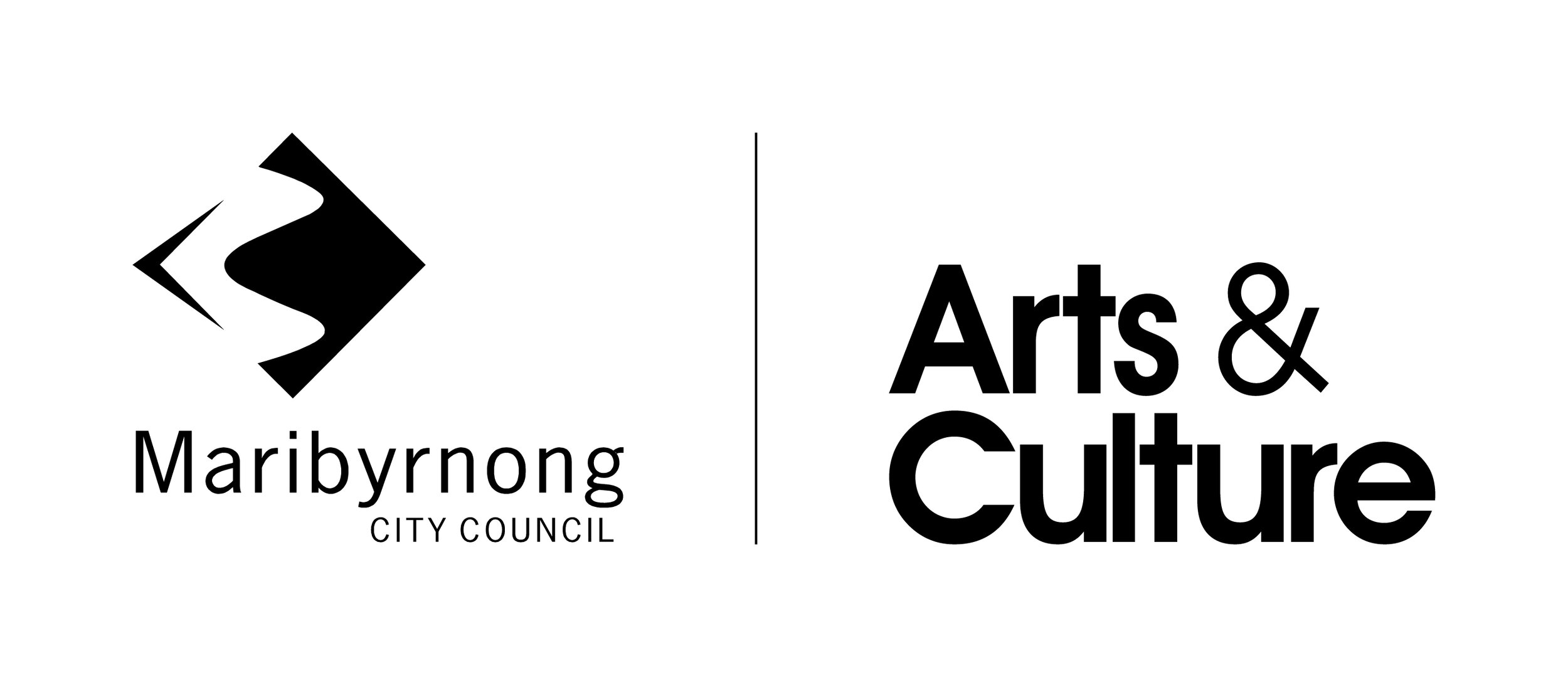Why is this adventure story full of women?
/By now we’re all familiar with The Smurfette Principle, and have seen it pop up time and again. Female characters who exist alone in a group of men, and only to further their stories. There’s Smurfette herself, of course. Miss Piggy, Princess Leia, Elaine Benes, Gamora, Black Widow, that character that Julia Roberts played in Ocean’s Eleven. They appear as exceptions. The character that stops the team being all-male. Except they don’t, really. They sit on the outside of the core team and serve only to highlight how many different ways a male character can be presented.
But the tides appear to be turning. Princess Leia has become General Organa (RIP Carrie Fisher). Miss Piggy runs French Vogue. Julia Roberts got to go on that big adventure with the food. Unfortunately, they all still need to fit the archetype that they were handed at the start of their existence.
The horrifying interesting strange thing about how we create characters is that the closer they are to being straight, white, cisgendered, able-bodied men, the closer we get to viewing them as ‘just people’ or ‘neutral’. So people of colour, disabled people, queer people and women are written in a way that tends to focus on whatever makes them ‘not neutral’. This is because most of our stories (at least the published and studied ones) were written by those ‘neutral’ humans.
This means that if you take a character written for their ‘otherness’ (in this instance, a female character) and flip that otherness, they usually feel poorly-written and unrealistic. If you take a character like Carrie Bradshaw and read them as male, they feel unrealistic.
But…
If you take a character originally written male (our supposed ‘neutral’) and read them as female, they make perfect sense. Because women are, after all, people. And everyone is neutral in their own world.
So we see Sandra Bullock in Our Brand is Crisis, Katee Sackhoff in Battlestar Galactica, Sigourney Weaver in Alien, Grace Jones in Conan the Destroyer and Dame Judi Dench as M in James Bond. Every one as believable as if they had been presented male, and every one instantly iconic.
And if you take a story and fill it with women who are written as complete humans? You get a really great piece of entertainment. The latest Ghostbusters movie, Hidden Figures, Bridesmaids, and A League of their Own all speak for themselves.
We also have a new wave of female characters appearing who have entire lives of their own. Zoe Washburn (Firefly) is arguably the toughest person on the ship. Nomi Marks (Sense8) creates the world she wants to live in.
So when Claire Bowen and I set out to write a play about Sherlock Holmes in late 30s, it seemed only natural that Lady Sherlock Holmes and Dr Jean Watson would have the same quality of adventure that Conan Doyle’s duo originally had.
Sherlock Holmes can frown in any gender.
They travel to Berlin, they front up against fascists, they get themselves out of sticky situations with almost-implausible aplomb. And they do it surrounded by women. Women of different cultural backgrounds, sexuality and physical appearance. Because that’s how it would happen in ‘real life’.
A Scandal in the Weimar is at Bluestone Church Arts Space until Saturday 9 September. Come and talk to us after the show about gender, fascism, storytelling or adventure. witinc.com.au
This article was originally published in the September edition of The Westsider.
















